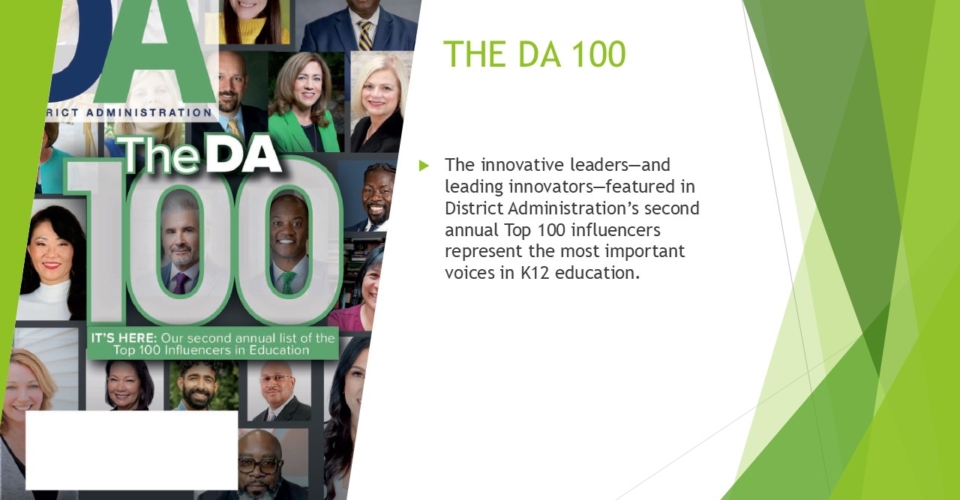Career and technical education programs help students develop skills that are in demand by employers, and can prepare them for a variety of careers. So what exactly do they need to know before they jump into the workforce?
While a student’s future is theirs to create, today’s CTE providers must adapt to meet the moment and provide students access to opportunities to develop the skills they will need for the jobs of tomorrow. As we head into 2025, here are trends we expect to see.
Larger focus on AI training
Maybe this is a given. According to Dr. J.J. Ayers, who wrote for the Association for Career and Technical Education, more teachers are not only adopting AI in CTE programs but there is likely to be a heavier focus on helping students navigate these tools.
Practical exercises using AI are a great example of what this could look like or an emphasis on skills—such as problem-solving, communication and social awareness—that help students understand how to use AI more efficiently. The limits of language learning models will be an important anchor to prepare students for their futures.
Access and interest in CTE will continue to grow
More students are showing interest in CTE programs at their schools, especially as demand for skilled workers grows across the U.S. They help to make the classroom experience more relevant and engaging.
In addition, these programs align with both the needs of the ever-evolving job market and the needs of students set to become our nation’s future workforce leaders, whether immediately after high school or once they’ve completed college. Hands-on learning will remain key but CTE providers now have many more options for expanding access to opportunity through online learning platforms.
The full continuum of work-based learning opportunities will be amplified
High school is when the next generation of talent is making crucial decisions about their futures, making it all the more essential for them to become familiar with the world of work before landing on their choices. Looking ahead, work-based learning programs will provide more students with opportunities to explore a variety of college and career pathways and have access to the full continuum of experiences (job shadows, worksite tours, apprenticeships, internships, etc.).
FETC 2025: How to grow when things don’t go our way
These experiences set them up to not only make informed career choices but also help them build their social capital and gain economic mobility. This full continuum of opportunities will play a major role in equipping graduating high school students with the aspirations, skills and connections necessary to navigate their professional journeys and be successful in a variety of pathways.
More employers are considering skills-based training programs
CTE programs are likely to refocus on the development of technical and future-ready (or durable) skills that employers deem necessary, as more are considering the merits of skills-based hiring. Higher education will still be necessary for many jobs, but we’re likely to see employers become more critical of whether a bachelor’s degree makes sense for a particular position—especially with skills-based hiring being on the rise. To illustrate this point, see this recent Netflix documentary.
States and the federal government will want more CTE programs
In recent years, states like Indiana, Idaho and Illinois have signaled interest in making these programs more available, whether through legislation or calls for increased funding. Even the Senate, with a bipartisan bill, hopes to fund programs through state grants. We can only expect more and more states to join in.
There’s a lot to like about these trends, considering that CTE programs help students discover their interests and passions, leading to a greater commitment to their education and career success. In our ongoing pursuit of enabling students to reach their full potential, let’s do our part as educators to leverage CTE to help today’s students experience life-affirming academic success and capitalize on that positive momentum, whether that be encouraging our districts to form partnerships with work-based learning-focused organizations or offering CTE lessons and activities in the classroom.
All combined, we’ll be able to help meet the moment for today’s students to succeed in the workforce of tomorrow.



